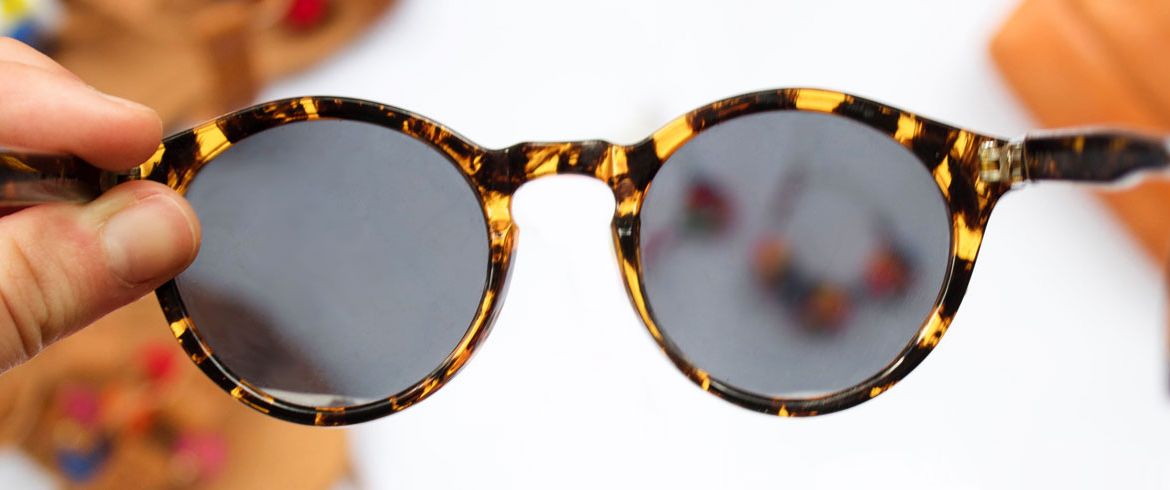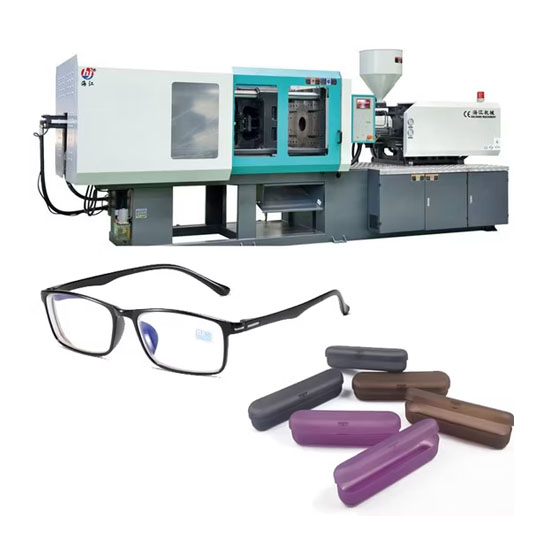
Acetate in Plastic Manufacturing: What You Need to Know
Acetate is a versatile and popular plastic material used in various industries, especially where clarity, durability, and a high-end finish are important. It’s commonly found in products like eyewear, packaging, and textiles. Let’s break down how acetate is used in plastic manufacturing:
1. What is Acetate?
Acetate is a type of plastic made from cellulose acetate, a derivative of cellulose (the stuff plants are made of, usually from wood or cotton). The process of turning cellulose into acetate involves reacting it with acetic acid or acetic anhydride.
Types of Acetate:
- Cellulose Acetate (CA): A flexible, biodegradable plastic used in a wide range of products.
- Acetate Butyrate (CAB): A modified version of cellulose acetate that’s more durable, clearer, and resistant to weather and impact.
2. Where is Acetate Used?

Eyewear Frames: Acetate is a go-to material for making eyeglass and sunglass frames because it’s lightweight, comfortable, and easy to mold into intricate shapes and vibrant colors. You can even create patterns like wood grain or marble.
Acetate’s durability, UV resistance, and hypoallergenic properties make it perfect for everyday eyewear.
Film and Photography: Although it’s not as popular as it once was (thanks to newer materials like polyester), acetate still plays a role in the world of film, especially for certain photographic films and motion pictures.
Acetate film offers excellent clarity and doesn’t shrink easily over time.
Packaging: Acetate sheets are widely used in packaging materials, especially for clear boxes or food wraps where you want to showcase the product.
It’s transparent, which gives packaging a sleek, professional look. Plus, it’s biodegradable, making it a more eco-friendly option.
Textiles and Fashion: Acetate fibers are often used in clothing and accessories, particularly in lining fabrics or luxurious scarves.
Acetate fabrics are smooth, shiny, and retain vibrant colors, making them perfect for high-end fashion.
Tapes and Adhesives: From masking tape to scotch tape, acetate is often used in adhesive products because it’s safe and biodegradable.
Unlike many synthetic plastics, acetate is non-toxic, making it safer for both the environment and consumers.
Medical Applications: Acetate is used in medical devices like dialysis tubing and surgical drapes because it’s flexible, resistant to chemicals, and non-toxic.
It’s durable enough for use in medical environments, and it’s safe for human contact.
[elementor-template id=”4330″]
3. Why is Acetate Good for Manufacturing?
- Eco-Friendly: Cellulose acetate is biodegradable, so it’s much more sustainable than plastics made from petroleum. This is especially appealing for companies looking to go green.
- Easy to Mold: Acetate is flexible and can be molded into detailed shapes, which is perfect for products that require a bit of artistry, like eyewear frames.
- Lightweight: It’s perfect for products that need to be light, like eyewear and packaging materials, without compromising on strength.
- Clear and Attractive: The material is crystal-clear, which makes it ideal for applications where transparency is essential, like packaging, film, and eyewear.
- Safe to Use: Acetate is non-toxic, so it’s widely used in products that come into close contact with people, like food packaging and medical equipment.
4. Some Downsides to Acetate
- Durability: Acetate isn’t as tough as some other plastics like polycarbonate, so it can become brittle over time, especially when exposed to UV light or harsh conditions.
- Moisture Sensitivity: Acetate can absorb moisture, which might cause it to warp or lose its strength. This makes it less suitable for outdoor or high-moisture environments.
- Cost: Producing acetate can be more expensive than other plastics, which may not make it the best option for certain budget-conscious projects.
5. Acetate vs. Other Plastics
When you compare acetate to other plastics like polyethylene or polycarbonate, it stands out for its eco-friendliness and aesthetic appeal, especially in eyewear and fashion. However, alternatives like PET (polyethylene terephthalate) are starting to gain traction, thanks to their greater durability and lower cost.
Conclusion
Acetate is a fantastic material in plastic manufacturing because it offers a combination of biodegradability, flexibility, and visual appeal. It’s used in a variety of industries—from fashion to healthcare—and offers manufacturers a versatile option that aligns with both functional and aesthetic goals. However, like any material, it has limitations, especially when it comes to durability and moisture resistance, so it’s important to consider these factors when choosing acetate for specific applications.
 DTG Mould Trade Process |
|
| Quote: | According to sample, drawing and specific requirement. |
|---|---|
| Discussion | Mold material, cavity number, price, runner, payment, etc. |
| S/C Signature | Approval for all the items. |
| Advance | Pay 50% by T/T |
| Product Design Checking | We check the product design. If some position is not perfect, or can not be done on the mould, we will send customer the report. |
| Mold Processing | Send report to customer once each week |
| Mold Testing | Send trial samples and try-out report to customer for confirmation |
| Mold Modification | According to customer’s feedback. |
| Balance Settlement | 50% by T/T after the customer approved the trial sample and mould quality. |
| Delivery | Delivery by sea or air. The forwarder can be designated by your side. |
 |
|

